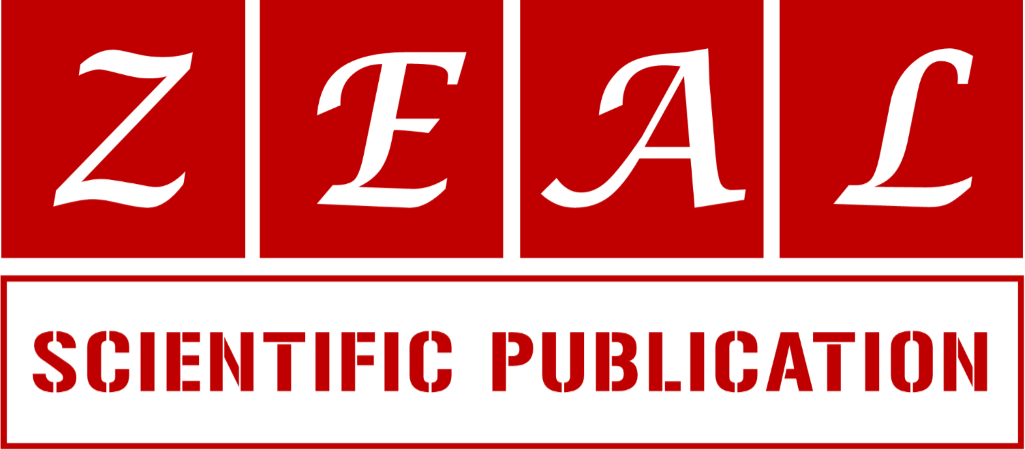Spatial and seasonal variations, ecological and human risks of trace metals in major rivers within the oil producing zone of Nigeria
1 Department of Chemistry, University of Uyo, P.M.B. 1017, Uyo, Akwa Ibom State, Nigeria.
2 Department of Animal and Environmental Biology, University of Uyo, P. M. B 1017, Uyo, Nigeria.
3 Department of Geology, Akwa Ibom State University, Mkpat Enin, P. M. B.1167 Uyo, Nigeria.
Research Article
World Journal of Advanced Pharmaceutical and Medical Research, 2023, 05(02), 001–017.
Article DOI: 10.53346/wjapmr.2023.5.2.0037
Publication history:
Received on 29 September 2023; revised on 13 November 2023; accepted on 16 November 2023
Abstract:
The concentrations of Mn, Fe, Cu, Zn, Pb, and Cd in sediments from Great Kwa, Calabar, Cross River, Imo, and Qua Iboe Rivers were investigated during the dry and wet seasons using standard techniques. Results indicated that the mean concentrations of all the metals were within their acceptable limits although; higher concentrations were obtained during the wet season. Cd was the major contaminant in the studied sediments; the ecological risks of all the metals except Cd were in the low class. The potential ecological risks of the metals were in the low and moderate categories during the dry and wet seasons, respectively. Sediments from Qua Iboe River exhibited very high human health risks for both seasons. Factor analysis revealed anthropogenic and natural factors as the major sources of these metals in sediments from the rivers investigated for both seasons. The estimated daily intake (EDI) rates of these metals via exposure to the studied sediments were within their recommended oral reference doses however; higher wet season values were recorded. The hazard index (HI) values of the trace metals were less than one (1) but, higher during the wet season. Pb and Cd were the major contributors to the total HI during the dry and wet seasons. The relative risk analysis for both seasons also confirmed Cd as the major human risk in the studied sediments. This research has exposed the levels of trace metals and their associated human risks in sediments from the rivers investigated.
Keywords:
Sediments; Water pollution; Human health risks; Aquatic ecosystem; South-south; Nigeria
Full text article in PDF:
Copyright information:
Copyright © 2023 Author(s) retain the copyright of this article. This article is published under the terms of the Creative Commons Attribution Liscense 4.0
